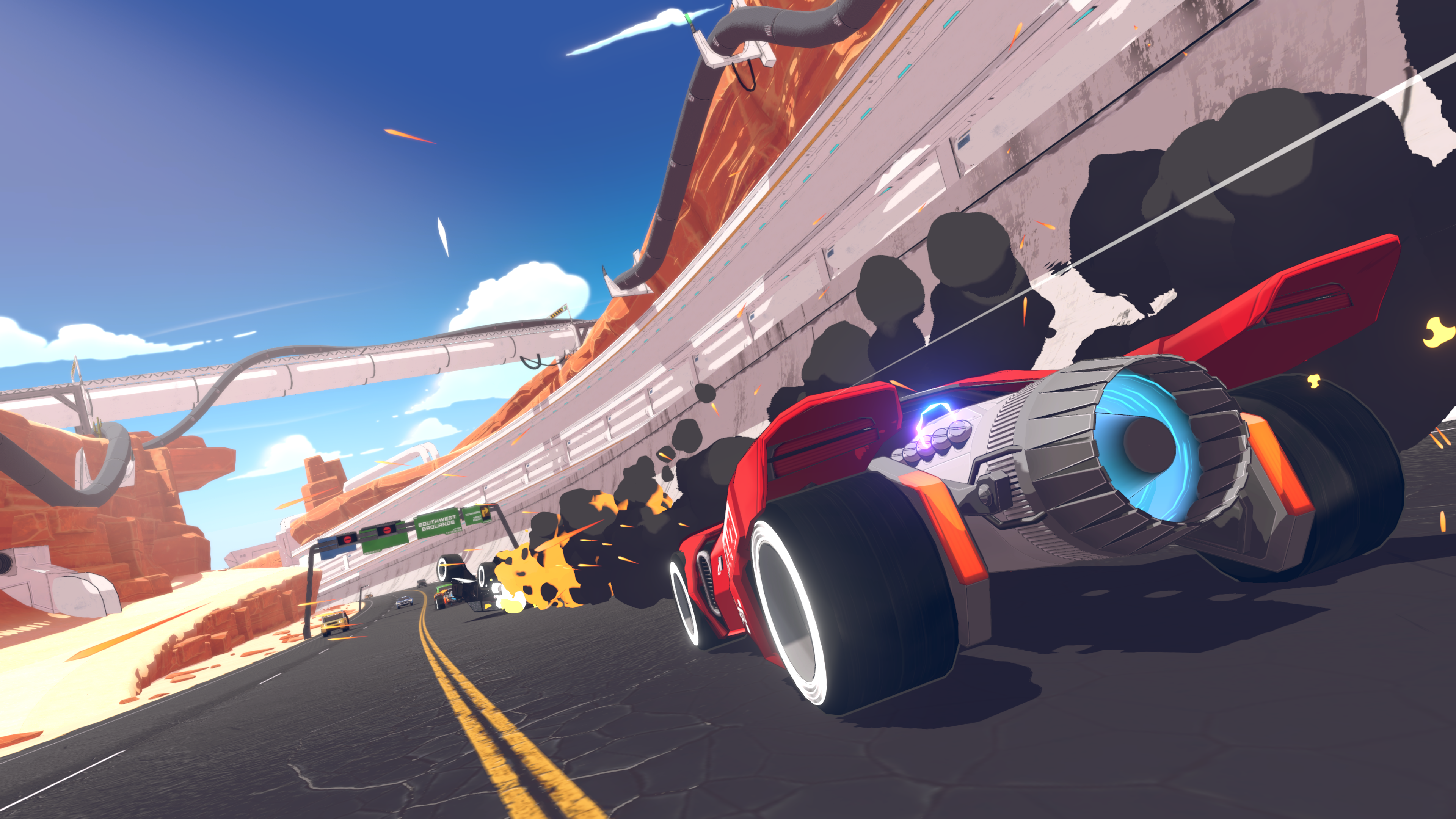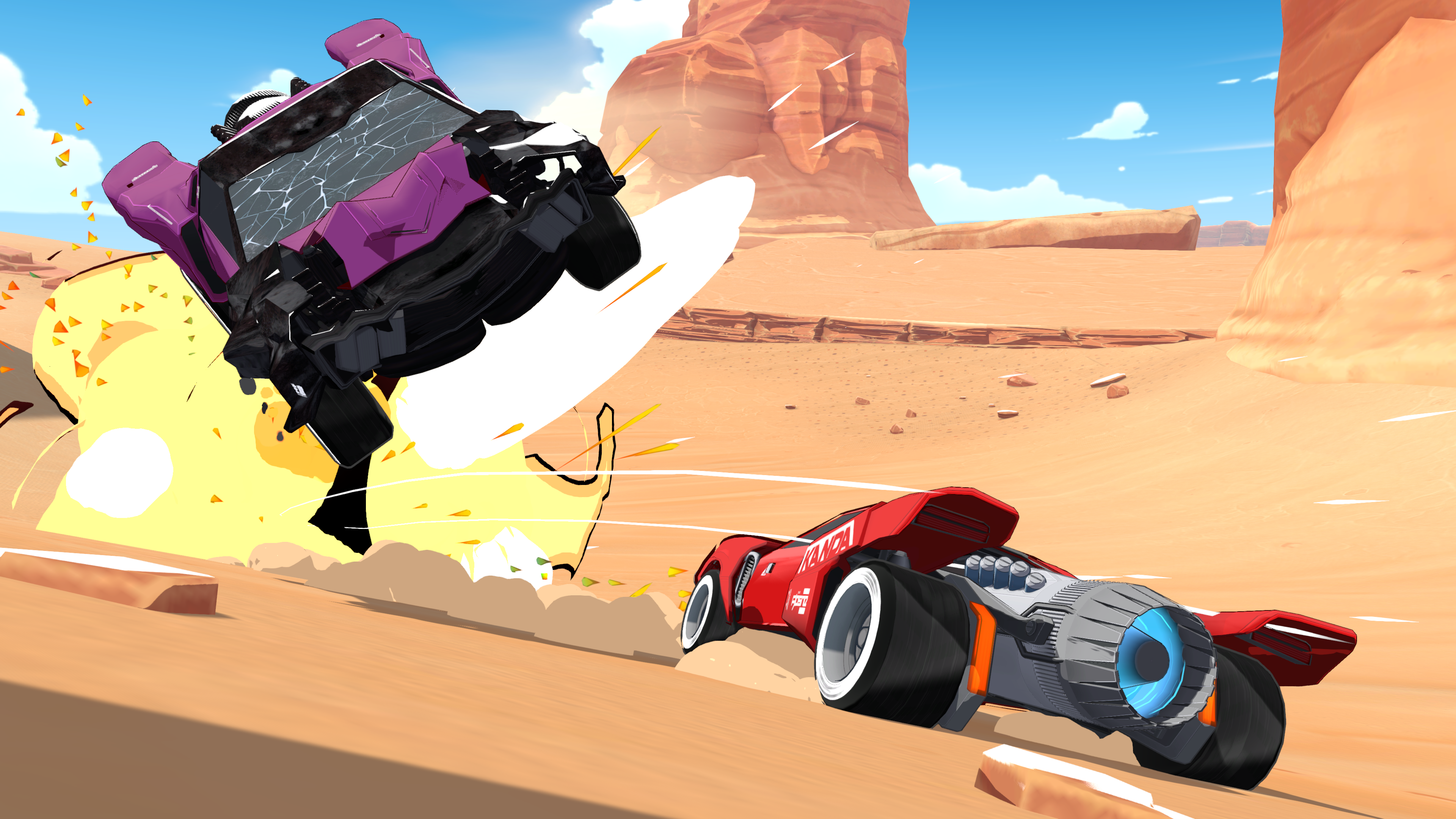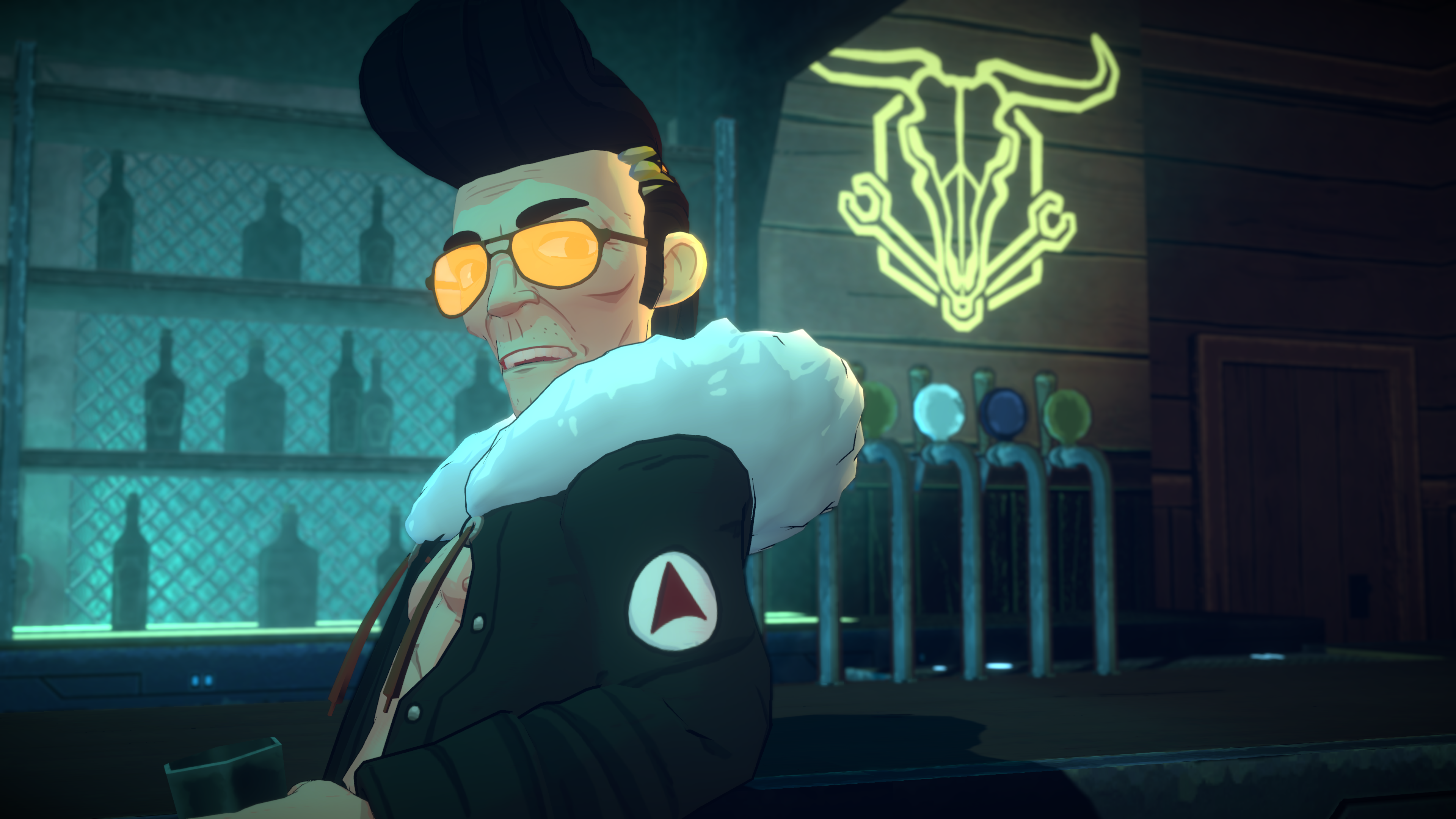![[Preview] Hands-on with Resistor, an ambitious racing RPG [Preview] Hands-on with Resistor, an ambitious racing RPG](https://tubemate.vip/wp-content/uploads/2023/12/Preview-Hands-on-with-Resistor-an-ambitious-racing-RPG-1024x576.jpg)
It feels like racing games are often excused from needing to tell stories; even as players, we’ve been trained to expect little more from the genre than schlocky tales of midnight street racing, if there’s even any context to the action at all. That can be just fine as many players only care about the feel of the driving, but there’s so much potential for fresh ideas. That’s why I’m curious about Resistor, an upcoming racing RPG whose lead developer, Violet McVinnie, previously worked on cinematics and narrative for titles like Mass Effect and Dragon Age. There’s a lot of potential for Resistor to be something unique, and while my brief demo only let me preview a small slice of the game, I’m hopeful it will prove that racing games can indeed tell deeper stories than they typically do.
“My personal experience of games that I really like are arcade games like Burnout, SSX, WipeOut and so forth. But then, I’ve always worked in the industry on RPGs… so I was like, why not try and combine that?” McVinnie said, during my recent gameplay demo at Day of the Devs 2023. “I felt like it might be now time to figure out the solution for that problem.”

Resistor is set in a somewhat apocalyptic version of the future, in which most of the world has been reduced to a desert wasteland and many live in cities operated by powerful corporations. Protagonist Aster – who is voice acted and can be fully customized – is at the start if the game trying to gain citizenship in one of these cities by competing in what developer Long Way Home describes as “high-speed death races.” The tournament is run by a man named Ethan Dekker, who from name alone definitely seems well-suited to be an edgy, antagonistic figure; of course, the implication is that there’s more going on behind-the-scenes than meets the eye, and that it’s going to take more than just good racing to uncover the true motives of all the players involved.
My demo was mostly an opportunity to get a feel for the vehicular action itself, and what I played was a lot of fun and surprisingly polished for a game that, I was told, has only been in development for about a year-and-a-half. Your car almost seems to glide over the environment, responding to even the slightest of movements with zippy precision. The sense of speed is great, too, although that felt more to the credit of the satisfying sound of my car’s turbo boost than anything else. I felt lightweight, but also powerful – just how you want to feel in an arcade-style racer.

Notably, the focus while in competition seems to be more varied than simply aiming for first place. “The point of this is that you’re trying to win over the people,” McVinnie said. You do this by racking up skill points – coming in first will get you some, but its more about how you get to the end of the race that matters. Sometimes the player might be tasked with using their Burnout-esque takedown abilities to smash opponents into a wreck, or to pull of various stunts in midair. These types of actions are also how the player can power up their boost to hit their max speed, so there’s an element of risk vs. reward at play.
When trying to nail a trick, there seems to be a focus on thinking ahead about how to shift the weight of your vehicle before leaving the ground – it feels like the type of system that will take some practice to fully master. Drifting feels similar – while the game’s physics are very forgiving, there’s some level of nuance to pulling off a well-timed drift that feels a little more involved than your typical Mario Kart control-stick waggling.
Appropriately, the track I’ve seen so far feel wider and more branching than in other arcade racers, likely to help accommodate such feats. I did find that I wasn’t always confident that I was, in fact, still going the right direction – I think some more signposting for navigation might be needed. But in general, I felt like I was free to choose if I wanted to, say, try taking the high route to jump over my opponents, or perhaps try slamming them into a canyon’s walls instead to remove them from the race entirely. The art direction is eye-catching, blending the graphic novel-esque style of a Telltale game (may they rest in peace) with the exaggerated world design of a Saturday-morning cartoon.

I’m also curious to see just how far vehicle customization will go. This was also beyond the scope of what I got to play in my demo, but the pitch I was given was that like how different vehicles in WipeOut can have a vastly different feel, the cars in Resistor can have their parts swapped to better suit different playstyles. If you like to drift, for example, you might install different parts to better optimize your vehicle for that task. McVinnie said they’re trying to build the open world “as much like a playground as possible” and that there will even be collectibles tucked about, and I can definitely see myself experimenting with different builds to try and reach far-off places on the map,
But Resistor is promising a lot more than simple in-vehicle action. While most of the open world can indeed only be traversed by vehicle, Aster will also spend a lot of time exploring on-foot in settlements and cities. This is where it sounds like most of the game’s RPG elements will come into play; one of Aster’s priorities is to build up a team of racers to work alongside. While exploring, the player will have opportunities to make dialogue choices and complete tasks to try and persuade other racers to join their crew, and to help increase popularity among the general public.
“To do that, you have to go around and visit communities… It’s kind of like a presidential run,” McVinnie said.

I was told that some characters’ substories will be fairly substantial, and how Aster acts on the racetrack and in dialogue can potentially have a significant impact on how others perceive them. Most of that was beyond the scope of my demo, but the tease I got of the narrative and the on-foot exploration certainly had me intrigued; it goes well beyond what I’ve seen any modern racing game try and accomplish. The game will even have multiple endings depending on the players choices, I was told. It’s ambitious stuff, and for a game that McVinnie said has mostly been developed by fewer than 15 people at any given time, Resistor is already punching well above its weight. I hope the final package can live up to the promise I’ve seen, but honestly, I’m just excited to see someone even trying to make this type of game at all. Resistor doesn’t have a release date yet but is planned to launch on Switch once it does.